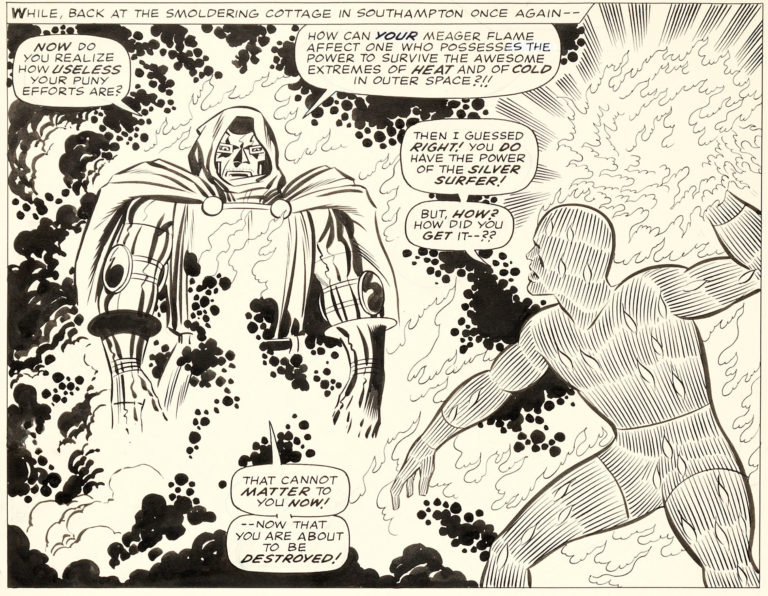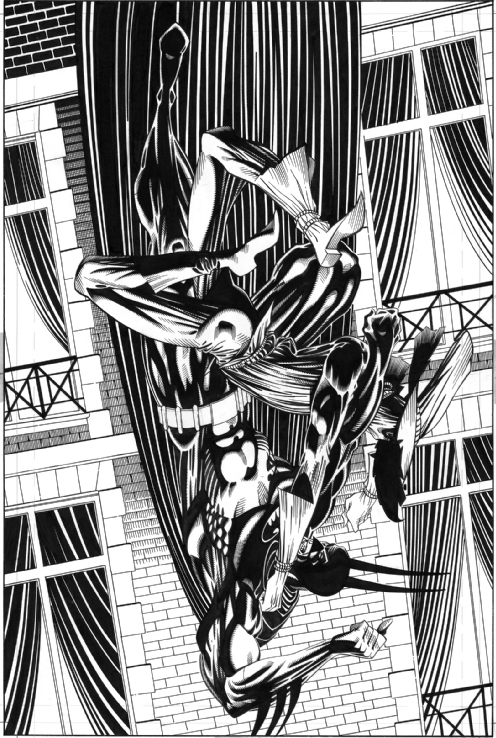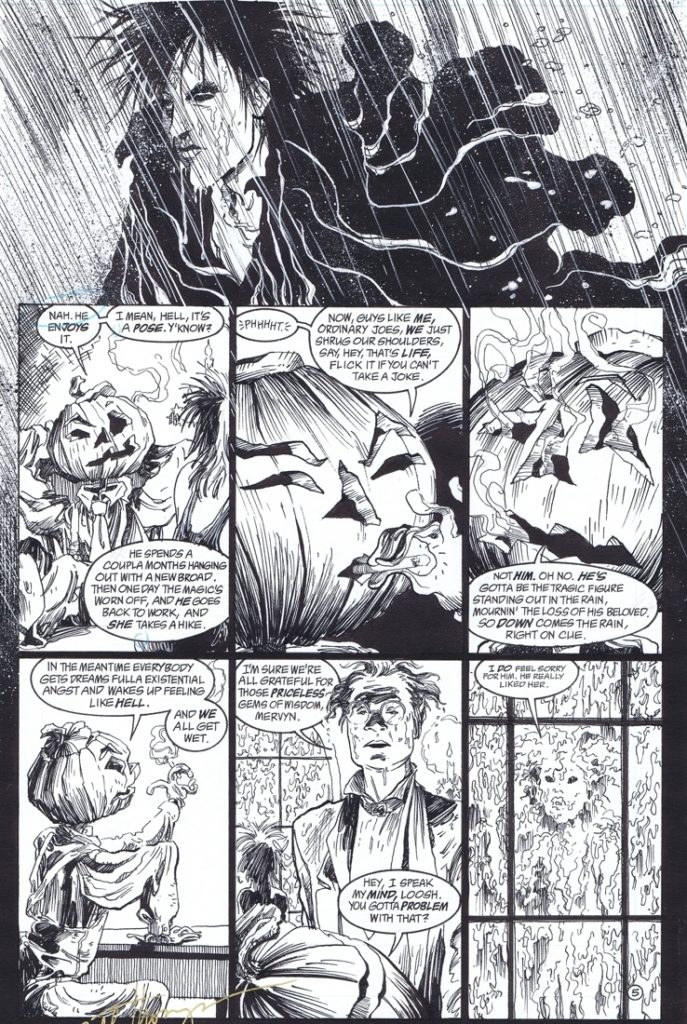
Year two collector Pathway
Are you addicted yet? One interesting thing about this hobby is that most collectors who participate in this hobby do so on a daily basis. Primarily, it is on the hunt for the next piece. Secondly it is drooling over art, the stuff you own and the even more so stuff you wish you owned. This hobby makes plenty of addicts. At this point you have probably picked up a few pieces of art, and hopefully have built up a solid fund solely for the purchasing of art.
So what should you do during your second year? Let’s get redundant…..again! Look back at pieces that interested you that came to market. Do you feel the same about them? Are there any you kind of wished you bought. Are there any you are happy you didn’t buy? If you have bought some art, is there anything you love owning. Are there any purchases you regret? I bet there will be some of both.
Look at your 2 lists, update them again. I bet you can take off several things you can’t believe you ever put on the lists, and you will add things you have come to discover a new appreciation for. As I have said before, you will be absolutely shocked at the way your tastes will change and become defined over time. This is a good thing, the more nuances your learn about yourself as a collector the more intimate your collection will become to you.
Now let’s talk about a few of the situations you will come across in this hobby when you are still finding your footing. You probably at least understand the basics of the hobby. The level of knowledge you wish to build is completely up to you. No one is an expert at everything. Decide what your greatest interests are in the hobby and learn as much as you can. At minimum make sure you at least know the basics on anything you are actually buying.
Know What You are Buying
This could have potentially ended up in the year one, but if you followed my advice you have probably proceeded cautiously. The first thing we will talk about is knowing exactly what you are buying. First, is what you are buying actually original art? It it a print? Is it a fake? You should know enough about the subject matter you are interested in at this point to determine this. Different artists use different processes. You should know all the specifics of any piece you are bidding on. Who is the penciller and who is the inker? Are pencils and inks on the board? Is it an actual published image? Sometimes sellers get it wrong, most of the time by accident, but sometimes on purpose. Obviously something such as a piece being light boxed and having no pencils on it, many stats, or a certain artist inking a page can have a huge impact on value. The point is to be familiar with what you are buying. On a monthly basis definitely and probably even more frequently I will notice something that has been wrongly attributed or described. It does happen so before you spend your hard earned money make sure you know what something is.
Upping the Ante(Spending More)
There are several milestones most collectors never forget. One thing most collectors remember is when they break certain price barriers. There is the first time you break into four figures. First time you break mid four figures. The first time you break into five figures. The first time you go well into the five figures. The milestone of most you have ever spent on a piece of art(usually accompanied by a story of almost throwing up or fainting.) No matter where you start and where you end, a price you were nervous to pay will feel like peanuts eventually if you collect long enough. Most collectors move toward more expensive pieces over the long run.
It is completely normal to be nervous when spending an amount you have not before. As I said before it is ok to be nervous. I think the main thing I would tell collectors on the subject is to make sure you like the piece for as much as you are paying for it. $20k for one piece could be used to buy two $10k pieces. Think about what would make you happier as a collector. There can be a mantra of less expensive pieces not being as good as expensive ones. That moving up in price tags constantly is what all good collectors do. Beauty is in the eye of the beholder, so don’t feel like you have to spend more because you have to buy “better” art.

Aggression
Patience is the most important trait in this hobby. The next most important may seem contradictory to patience, and that is aggression. While you need to be patient for opportunities, when the correct ones do arise you need to be as aggressive as possible in securing a piece.
Remember how I said cash is king in the year one article? I am going to tell you the reason why. For most people their best acquisitions happen fast and access to instant funds may be the difference between securing a piece and not. When significant pieces become available, unless an outrageous price is attached(and oftentimes even when one is) they usually sell extremely quickly, in hours if you are lucky, and often in minutes. If it is an auction expect a bidding war to secure these types of pieces.
Remember our lists? If something comes up on one of them we need to be able to pounce quickly. This requires cash and decisiveness. As I have said opportunities for the stuff we covet the most are infrequent, so missing out can leave a sour taste in our mouths for a long time. Most collectors have a list in their head of pieces they missed because they were not fast enough(either in raising funds or deciding to purchase) that they never put behind them(myself included.) THESE are the pieces you will regret missing out on, not those pieces you didn’t buy because you were trying to be patient. Buy art infrequently, but when you do attack it. If it’s the right piece go for it. Buy it fast if it is for sale at a fixed price. Don’t be afraid to pay strong. Bid hard at auction, even if you start to get above “FMV.” When you “know” it’s the right piece do not hesitate!
Playing the Long Game
Building an original art collection is a long process. Many try to play catch up when starting in this hobby, trying to build a large amazing collection in a year or two. It is simply unlikely to happen. Collecting art can last a lifetime and even in a lifetime you probably won’t be able to get ALL the pieces you want. As I said before, this hobby is an exercise in patience. The more patient you are the better off you will be in the long run.
There are collectors who enter this hobby guns blazing, only to eventually liquidate their collection two to three years later. They overextend themselves buying too much mediocre art, burn out, and then leave the hobby out of frustration. Slow and steady wins the race! Try to win the war not the battle. Some collectors make a goal to win a piece from every major auction and are disappointed if they don’t. They HAVE to win something to get their fix. You don’t have to pick up a piece every month. You don’t have to add a piece every 3 months. You don’t even have to add a piece every year! Be patient, and then strike when those must have pieces come up. Most of the time there will be some space between them. Every once in awhile it will get crazy and multiple pieces you really want will come to market in a matter of weeks. Take a long term approach to building your collection. It leads to a happier, less stressed collector with a better collection.
I hope these topics were useful for you. Is there more that could be added to these pathway sections. Sure. We will be covering just about every topic imaginable in some sort of article on this site eventually so keep reading and learning! So what happens after year two? At that point you should have the beginnings of an actual art collection! We have talked a fair bit about buying art, but what about managing your collection once you have one? In our next section we will talk about this topic in “Curating your Collection”.


